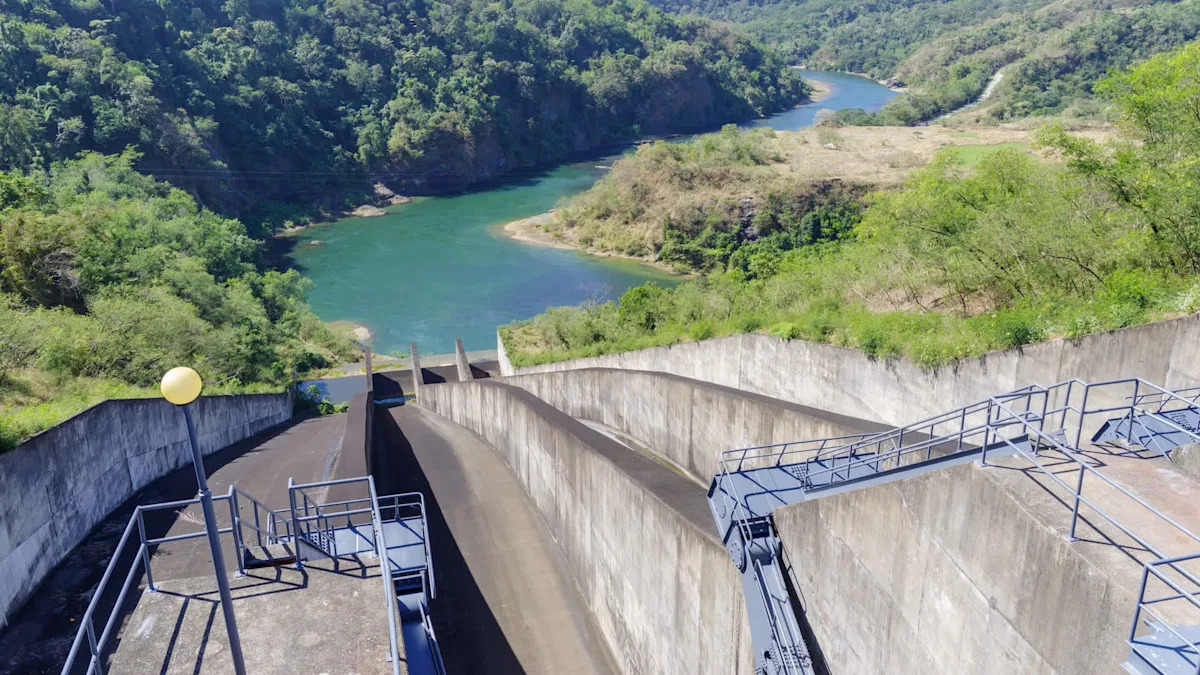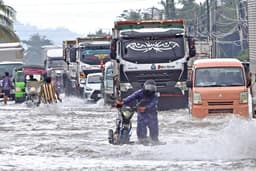Home / Weather / Dams in the Philippines Overflow After Heavy Rains, Bringing Relief and Challenges
Dams in the Philippines Overflow After Heavy Rains, Bringing Relief and Challenges
26 Oct
Summary
- Heavy rainfall from monsoon and cyclones raised water levels in Philippine dams
- Angat Dam, Metro Manila's main water source, neared its normal high-water level
- Droughts over the last two years had severely impacted the country

As of October 26th, 2025, heavy rainfall brought on by an enhanced southwest monsoon and several tropical cyclones has led to higher water levels at multiple reservoirs across Luzon, the largest and most populous island in the Philippines. Officials have reported the need to open gates at these dams to prevent overflows, indicating a significant increase in water supply.
While the heavy rains have caused flooding in some areas, this influx of water is a much-needed relief after the country experienced prolonged droughts over the last two years, induced by a powerful El Niño event. The United Nations has reported that these droughts had severely impacted the Philippines, leading to widespread crop failures, water shortages, and poor soil health.




